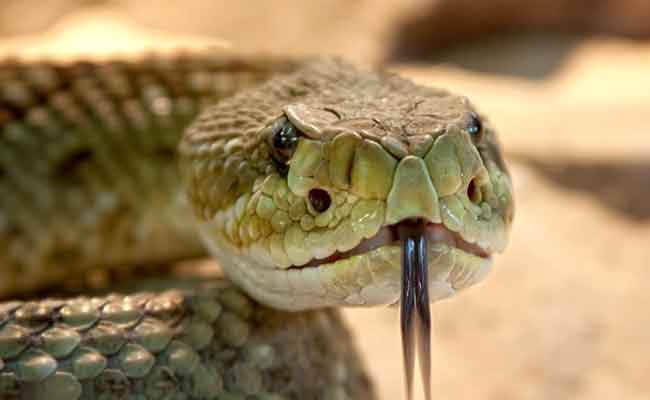Mumbai: Actor Mohit Baghel, best known for playing Amar Chaudhary in superstar Salman Khan's "Ready", has died of cancer. He was 26.
Writer-director Raaj Shaandilyaa told PTI that the actor passed away on Saturday morning in his hometown Mathura, Uttar Pradesh.
"He is gone too soon. He has been undergoing treatment for cancer in AIIMS hospital in Delhi since six months. I spoke to him last on May 15 and that time he was ok, he had started recovering. He stayed with his parents and elder brother in Mathura.
"I learnt about his demise from a common friend, who said he passed away today morning at his residence," he said.
Raaj, who had worked as a writer with Mohit in "Comedy Circus" and "Jabariya Jodi", said he wanted to cast the actor in his directorial debut "Dream Girl" (2019) but due to date issues they couldn't work together on the film.
"He was such a talented actor. His comic timing was great. He had two films with him that time - 'Milan Talkies' and 'Bunty Aur Babli 2' -- so we couldn't work together on 'Dream Girl'."
Mohit has also acted in films Ekkees Toppon Ki Salaami and Gali Gali Chor Hai
Let the Truth be known. If you read VB and like VB, please be a VB Supporter and Help us deliver the Truth to one and all.
New Delhi (PTI): Fossils recovered from Kutch in Gujarat may have belonged to the spine of one of the largest snakes to have ever lived, according to new research from the Indian Institute of Technology Roorkee.
From the Panandhro Lignite Mine, researchers discovered 27 "mostly well-preserved" bones forming the snake's spinal column, or vertebra, with some connections still intact. They said the vertebrae appeared to be from a fully-grown animal.
The snake is estimated to be between roughly 11 and 15 metres long, comparable in size only to the extinct Titanoboa, known to be the longest snake to have ever lived, the researchers said. Owing to its size, it may have been a "slow-moving ambush predator," similar to an anaconda, they said. The findings are published in the journal Scientific Reports.
The researchers have named this newly discovered snake species 'Vasuki Indicus' (V. Indicus) after the mythical snake round the neck of the Hindu deity Shiva and in reference to its country of discovery, India. V. Indicus is part of the now extinct madtsoiidae family, known to have lived across a broad geography, including Africa, Europe and India, they added.
The authors said the snake represented a "distinct lineage" originating in India which then spread via southern Europe to Africa during the Eocene, about 56 to 34 million years ago. The first ancestors and close relatives of the modern mammal species are said to have appeared in the Eocene period.
The authors dated the fossils to the Middle Eocene period, roughly 47 million years ago.
The vertebrae, measuring between 38 and 62 millimetres in length, and between 62 and 111 millimetres in width, suggested V. Indicus to possibly have had a broad, cylindrical body, the researchers said.
They extrapolated the measurements of V. Indicus to be between 10.9 and 15.2 metres in length.
Despite uncertainties in estimates, the researchers said the snake was comparable in size to Titanoboa, the fossils of which were first discovered in the 2000s from present day Colombia.





